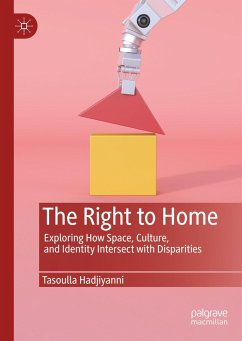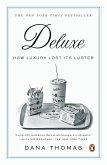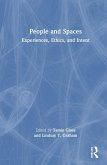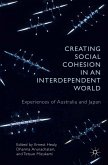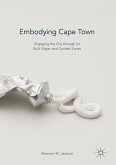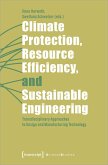This book explores how the design characteristics of homes can support or suppress individuals' attempts to create meaning in their lives, which in turn, impacts well-being and delineates the production of health, income, and educational disparities within homes and communities. According to the author, the physical realities of living space-such as how kitchen layouts restrict cooking and the size of social areas limits gatherings with friends, or how dining tables can shape aspirations-have a salient connection to the beliefs, culture, and happiness of the individuals in the space. The book's purpose is to examine the human capacity to create meaning and to rally home mediators (scholars, educators, design practitioners, policy makes, and advocates) to work toward Culturally Enriched Communities in which everyone can thrive. The volume includes stories from Hmong, Somali, Mexican, Ojibwe, and African American individuals living in Minnesota to show how space intersects withrace, gender, citizenship, ability, religion, and ethnicity, positing that social inequalities are partially spatially constructed and are, therefore, malleable.
Bitte wählen Sie Ihr Anliegen aus.
Rechnungen
Retourenschein anfordern
Bestellstatus
Storno

